
“Scientific Foundation of Ayurveda”, 2004, by H. Palep
CONTENTS
Introduction 1
Chapter One
Ayurveda & Indian Philosophy
Yoga and nervous system 16
Upanishads : An enquiry into the secrets of creation 21
What is Purusha? 25
What is the location of Atma in body? 29
What is the Sakshi of Mundakopanishad? 30
How the life is created? 30
Pancha Mahabhutas 33 Akasha 33 Vayu 36 Tejas 37 Ap 38 Prithvi 38
What is Prana? 39
How this creation is sustained? 40
How to reach this state of Anandamaya? 42
Puzzle of death 43
Religion, Science and Medicine 45
Chapter Two
Chemistry of Life in Ayurveda
Definition of Ayurveda 53
Evolution of life and the universe in Ayurveda 54
Three primal qualities 57
How do these primal qualities cause the creation? 57
TheTanmatras 58
The Panch Mahabhutas 58
Nine Substances 59
Chemistry of life and Pancha Mahabhutas 61
Chapter Three
Tridoshas or Biochemistry of Life
Vata
Definition 67
Functions 69
Types 69
Abnormal Vata functions 70
Vata Prakriti 71
Biochemical mechanisms of functions of Vata 72
Pathological effects of Nitric oxide 73
Prostaglandins 73
Pitta
Definition 77
Functions 77
Types 78
Abnormal Pitta functions 79
Pitta Prakriti 80
Biochemical mechanisms of functions of Pitta 81
Kapha
Definition 83
Functions 83
Types 84
Abnormal Kapha functions 84
Kapha Prakriti 85
Biochemical mechanisms of functions of Kapha 86
Chapter Four
Embryogenesis and Prakriti
Four requisites for conception 87
Six entities formed an embryo 88
Prakriti 92
Somatotyping of the body 93
Chapter Five
Saptadhatus : Seven Prime Tissue Elements of the Body
The three laws for the bioconversion and formation of various Dhatus 97 Kedari-Kulya Nyaya 97 Ksheera-Dadhi Nyaya 98 Khale-Kapota Nyaya 99
Rasa Dhatu
Definition 100
Abnormal state of Rasa 101
Blood plasma 101
Body fluids 103
Lymph 105
Upadhatu of Rasa
Stanya or lactation 105
Raja (menstrual fluid) 106
Adolescence to puberty (Samarthagata Viryatva) 107
Menopause 110
Phytoestrogens 114
Basis of Ayurvedic therapy in menopause 114
Role of micronutrients 117
Skin 119
Ground substance (collagen matrix) 122
Skin is twacha of Ayurveda 122
Rakta Dhatu
Defintion 123
Modern understanding of erythropoiesis 124
Erythropoietin 125
Haemoglobin 125
Rakta-kshaya 127
Mamsa Dhatu
Definition 128
Mamsa-sara 128
Mamsa-kshaya 128
Mamsa-vriddhi 128
Medo Dhatu
Defintion 129
Cellular lipids 130
Plasma lipid and Lipid transport mechanisms > 131
Lipid peroxidation 132
Metabolism of free fatty acids 133
Cholesterol metabolism 133
Obesity 134
Nutrition 134
Dietary fats 134
Asthi Dhatu
Definition 136
Bone and its physiology 136
Parathormone 138
Calcitonin 138
Majja Dhatu
Definition 138
Physiology of bone marrow 139
White blood cells 139
Colony stimulating factors 140
Lymphocyte 141
Immune mechanisms 141
Major Histocompatibility Complex : MHC 141
Mechanisms of Humoral immunity 142
Mechanisms of Cellular immunity 142
Lymphokines and cytokines 143
Shukra Dhatu
Spermatogenesis and rejuvenation program of Ayurveda 143
Spermatogenesis 146
Biosynthesis of testosterone 147
Control of testicular function 147
Seminiferous tubular fluid 148
Seminal vesicular fluid 148
Prostatic fluid 148
Micronutrients 148
Etiological factors 149
Investigation of male factor in infertility 150
Semen analysis 152
Colour of the semen 154
Odour of the semen 154
Volume of semen 155
Viscosity 155
Liquefaction 155
Examination of the other cells 156
Fructose 156
Electron microscopic study of seminal fluid 157
Sperm function tests 157
Hypo-osmotic swelling test 157
Test for Acrosin activity 158
In-virto sperm nuclear chromatin decondensation test 158.
Sperm mitochondrial activity index test 158
Reactive Oxygen Species (ROS),
Free radicals and infertility 158
Rasayana & Vajikarana 159
Selected Rasayan herbs 160
Novel technology of Ayurveda to provide micronutrients 164
Clinical trial data of Rejuspermin 166
Ojas
Definition 166
Characteristics of ojas 167
Types of ojas 167
Ojovisramsa 167
Ojovyapat 167
Ojahkshaya 167
Achara Rasayana 168
Ahara Rasayana 169
Dravya Rasayana 169
Role of vaccination 170
Panchagavya : Alternate technology of vaccination 171
Chapter Six
Maias : Waste Products
Defintion 173
Types of Maias 173
Restraining of natural urges (Vegavarodh) 173
Obstruction of Channels (Srotorodh) 175
Chapter Seven
Nidana Panchaka: Pathology
Three major causes of illness 177
Etiology of disease 179
Pathogenesis of the disease 180
Diagnosis of the disease 181
Methods of the examination 182
Self examination of the physician 183
Medicaments 184
Examination of the patient 186
Syndromes in modern medicine 188
Natal dosha influence on different aspect of the
human body defining ones Prakritis 191
Prognosis 195
Ama & Sama 196
Dosha imbalance 199
Examination of urine 201
Examination of feces 202
Chapter Eight
Dravyaguna Vijnana : Ayurvedic Pharmacology
Dravya (Padarthas) 203
Guna 207
Rasa 210
Rasa & Guna equations 213
Modern understanding of digestion 213
-Absorption 215 Protein absorption 215 Water and electrolytes 215
Vipak 216
Virya 218
Prabhav 219
Pharmacological basis for the herbal drug action 219
Fighting infections through herbs 221
Antimicrobial spectrum of Panchvalkal 222
Milestones in the development of
Panchavalkal formulation 223
Ayurvedic therapy
Vyayam or exercise 231
Ahara (Nutritions) 231
Nidra (Sleep) 232 •
Brahmcharya (Celebacy) 232
Panchakarma 233
Mechanism of actions of Panchakarma 235
Neuro-hormonal control of GI tract 236
Hormone secreted by GI tract 237
Motility and secretions in colon 237
Rasayana & Vajikarana 238
Chapter Nine
Concept based Ayurveda Researches
Concept of Super baby (Shrestham apatyam) 242
Mechanisms of intra-uterine fetal growth programming 244
Stress reactivity 245
Antenatal programe as described in Ayurveda 247
Micronutrients in herbs advised during pregnancy 248
Mile-stones in development of Sujat 249
Laboratory research on Sujat 250 Study of amino acids in Sujat 253 HPTLC study on Sujat 253 Clinical research in Sujat 253
Recurrent Pregnancy Loss (RPL) 258
Etiology of RPL 259
Anti-oxidant capability present in
various dietary articles 266
Composition of Sujat 267
Constituents of Torchnil 270
Postmarketing multi-centric research survey 276
Integration of Ayurveda into mainstream
medicine, an unfinished task 277
Areas for integration of Ayurveda in
mainstream medicine 284
Concept of Supraja (health population) 284
Bibliography 286
Word Index 289
About the Author: Prof. Dr. H.S. Palep was born on the 8th Oct. 1941 at Polasa (Andhra Pradesh), graduated in Ayurvedic Medicine & Surgery from renowned Podar Medical College (Ayurvedic), Mumbai in the year 1962. Dr. Palep has also a large clinical and surgical experience in both the fields of Gyn. & Obs. He has presented and published many research papers in conferences and seminars both national and international. He has been invited as a guest speaker at a number of national conferences. He was a research co-ordinator for the Maharashtra University of Health Sciences. He had been a teacher and examiner for both undergraduates and post graduates in both the faculties (Modern & Ayurveda) at the University of Mumbai for over two decades.
Posted in: Integrative Health; Ayurveda and Yoga Therapy
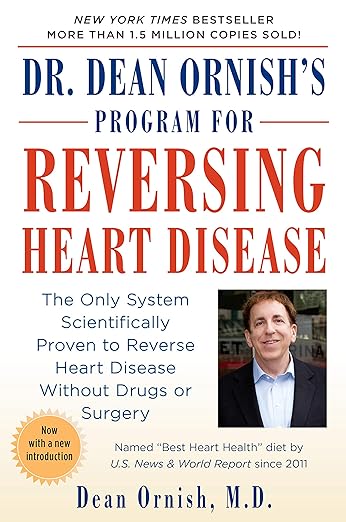
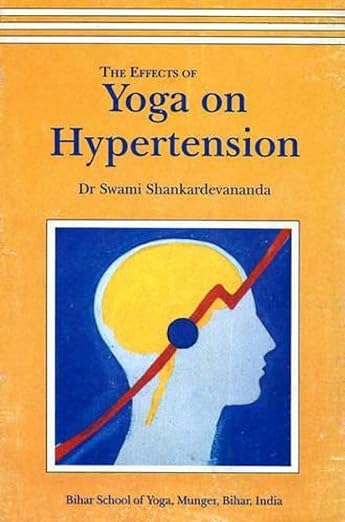


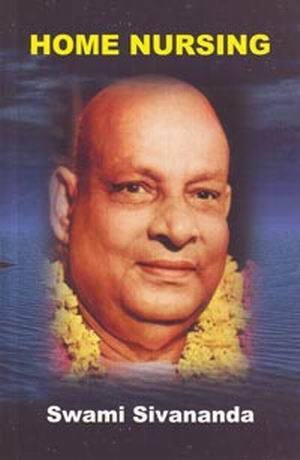
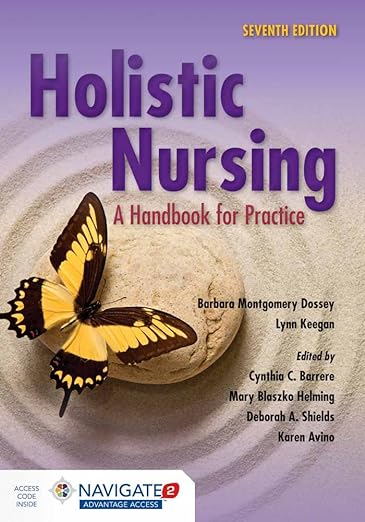
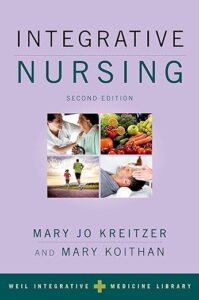
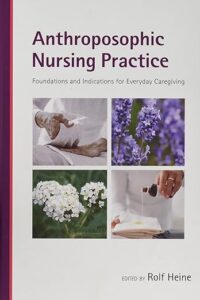
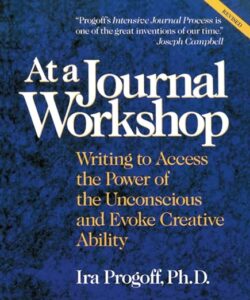
 (LINK)
(LINK)